 (1).jpg)
12 July 2021 - 07:31 BY Louw
Emotional Scenes: Tool To Find/Hide The Truth
After a take, I’ve had that feeling knowing I had to push to get the emotion. I tend to forget that as human beings, we shy away from our emotions. We don’t push for it. We actually push it away.
When I watch a film where I find myself in tears during a scene, I’ve realised that mostly, it’s when a character tries so hard not to break emotionally… to stay strong… but literally can’t hold the emotion in. Even though they really try to suppress it, it’s like a flood that’s opened (or an emotional trigger that’s been activated). Those scenes you feel for that character. Why? Because we relate to that feeling of not wanting to show emotion or tears, but then it just keeps coming. We do that every day. Why do we, as actors then, push so hard to show emotions?
It took a while, and I still struggle with this, to feel confident in suppressing my character’s emotions within a scene, believing it will be enough for the audience to grab onto and know what’s going on. But what I’ve realised is that if we focus on our co-actor, our Bottom-Line, did all the emotional preparation in advance, found an emotional trigger… then I can trust my emotions will show through my eyes or by trying really hard NOT to show them. It’s not easy. But when you watch playback, you see, it’s worked and can be much more effective as the audience can relate much more to forcing them to see my emotions.
Tool to try (exercise as in Tony Barr’s book, Acting For The Camera):
“Playing Against Emotion Exercise. The camera can pick up more than we realise if we truly feel the emotion. The repressed emotion will in some way surface in the slightest physical way, which the camera will pick up and deliver to the audience. The challenge is to not play against an emotion that is not there. Let’s say you play a girlfriend who is angry with her boyfriend because you fear that getting angry and upset may endanger your relationship and make him leave you. But if you do not feel the anger, the audience will see a calm exterior, the cover, the mask. You play a result.
Tool/Exercise: Take a short scene in which you are called upon to play against an emotion and do it the following ways:
Take 1: Playing only calm or the result. Look at playback. See that the anger is too weak or not even present to show through the exterior calmness. Take 2: Fully playing only the underlying emotion – your anger. Notice the big difference. Take 1 lacks energy and dynamic and interest by the audience because the core emotion is weak. Take two will probably be too much, too much anger and emotion for what the scene requires.
Now with take 2’s emotion rolling, try masking those emotions, making it part of your objective/need to cover them as much as possible.
Take three is like a volcano waiting to erupt, it keeps the tension and the suppressed emotions create physical tension and result in an intentional rhythm. This makes the scene interesting, the more you involve your emotions the better. If the volcano slightly erupts, as the suppressing of emotions can’t be held in and bursts a bit, this makes great dynamics within a scene but always try and suppress it again.”
Work on this skill when it comes to your acting craft. These performances keep an audience engaged and they will follow your character’s arc with much empathy.
If I make a fool of myself, who cares? I’m not frightened by anyone’s perception of me. – Angelina Jolie
How did you find the technique/tool/advice? Did it work for you? What was different this time? Share with the tribe and let’s keep on creating beautiful, honest and memorable performances. Let’s execute our best selves!
Kind regards
Edwin van der Walt
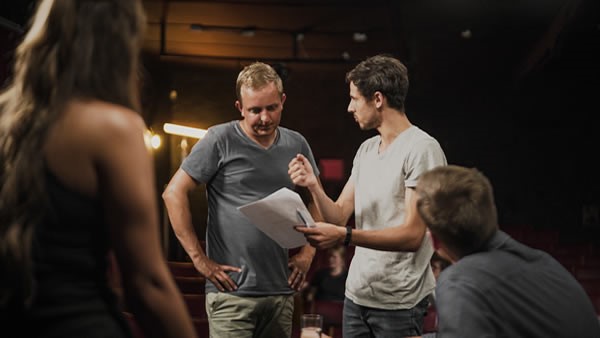
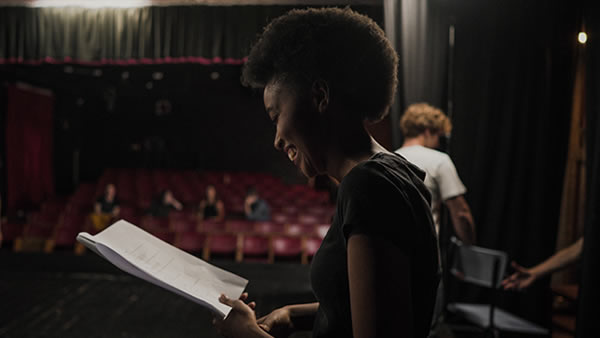

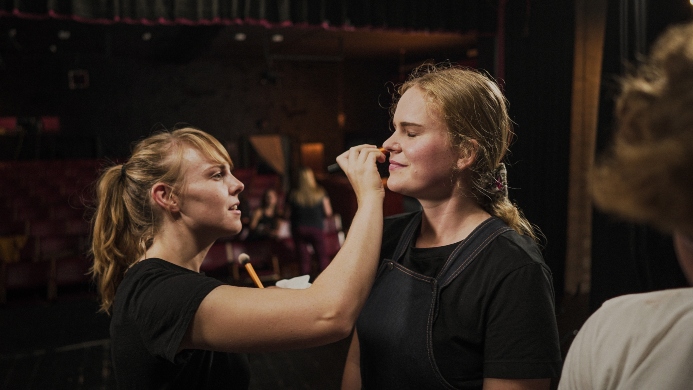
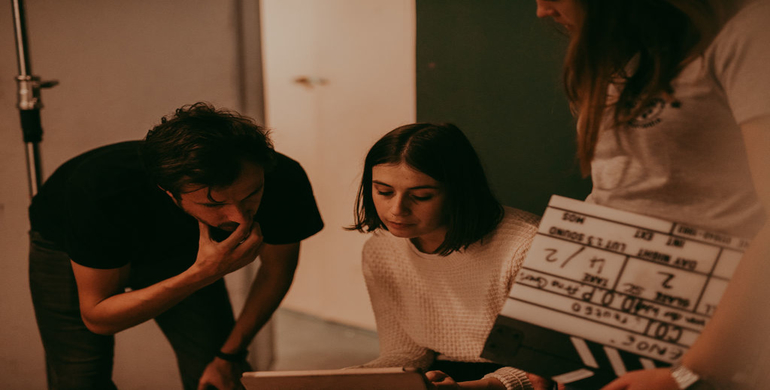

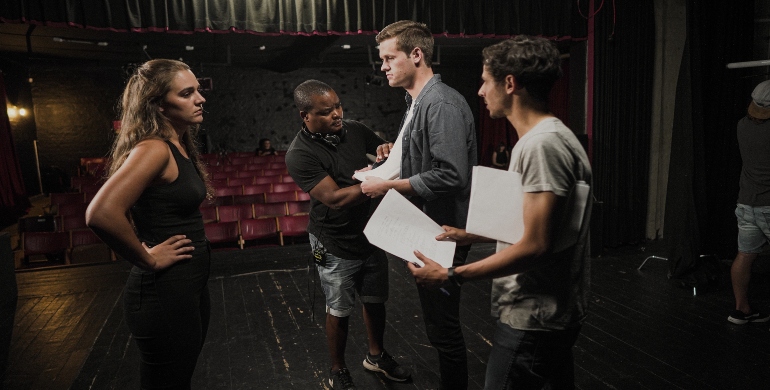
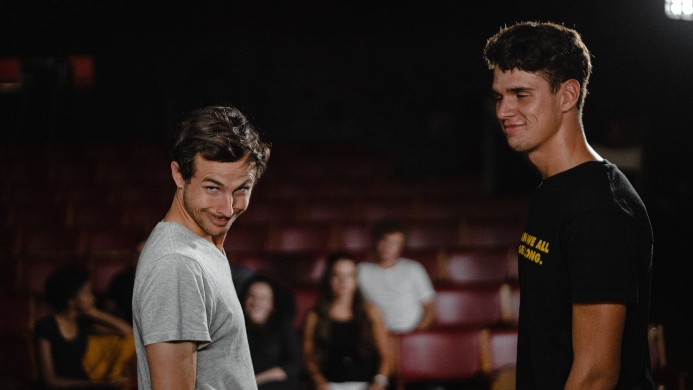
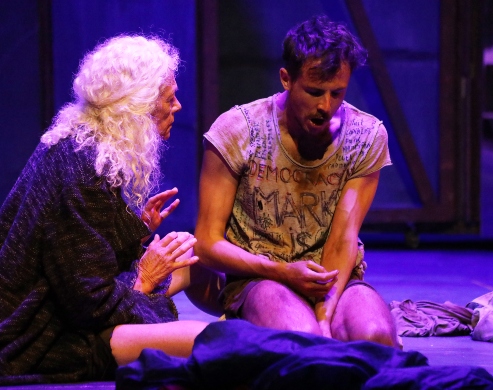

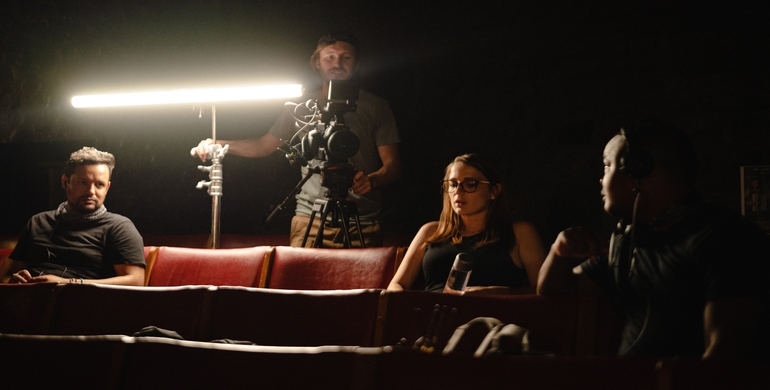
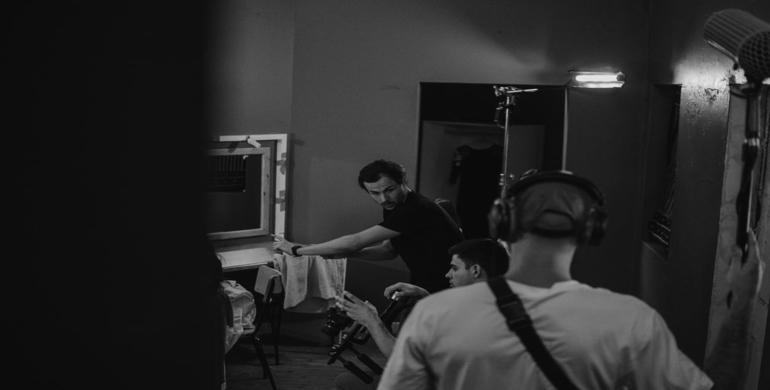
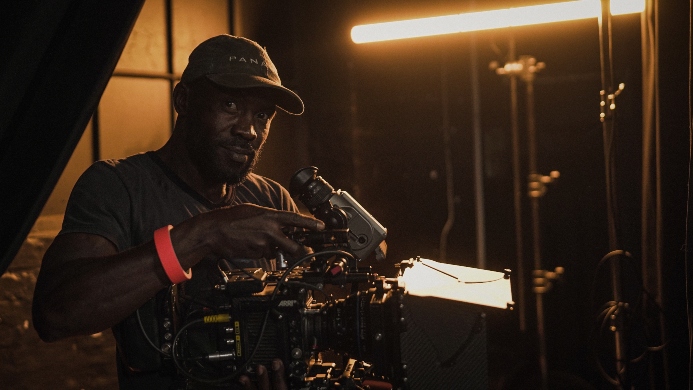
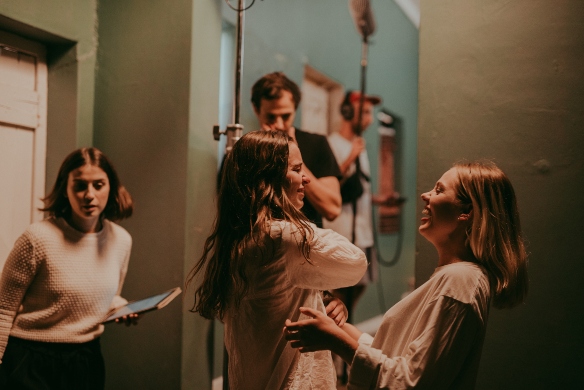
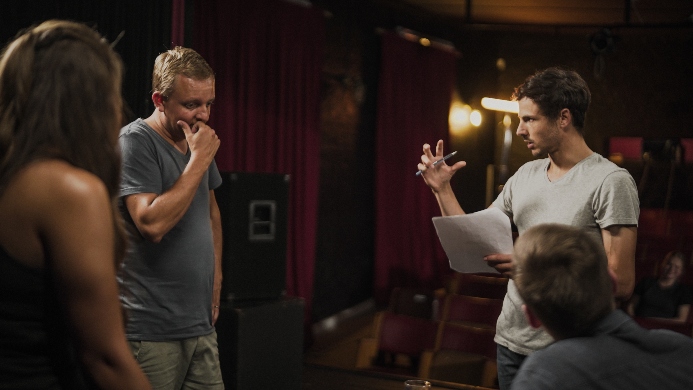
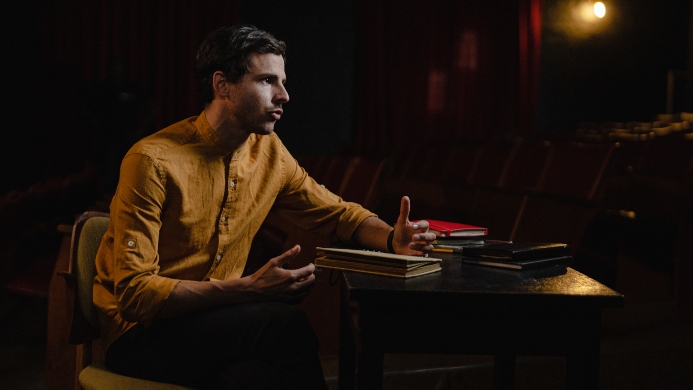
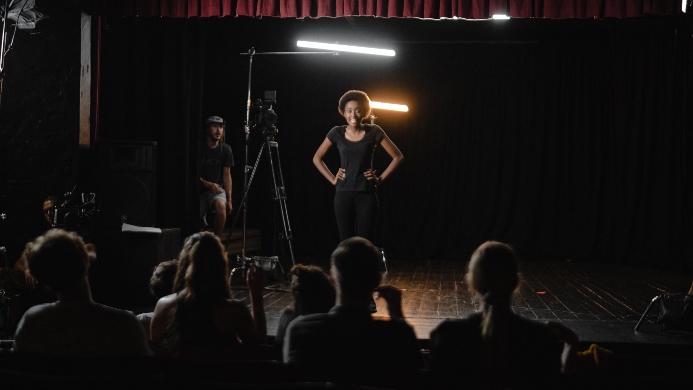
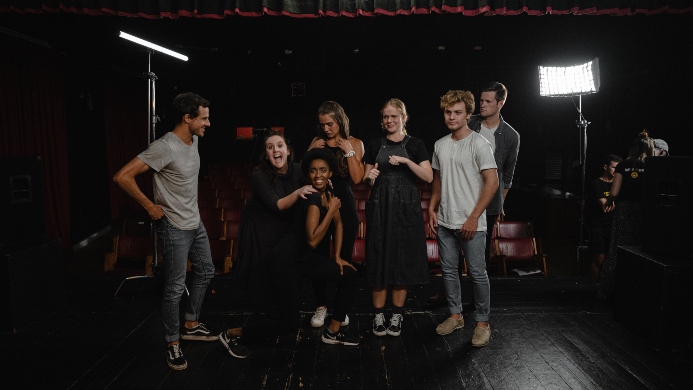
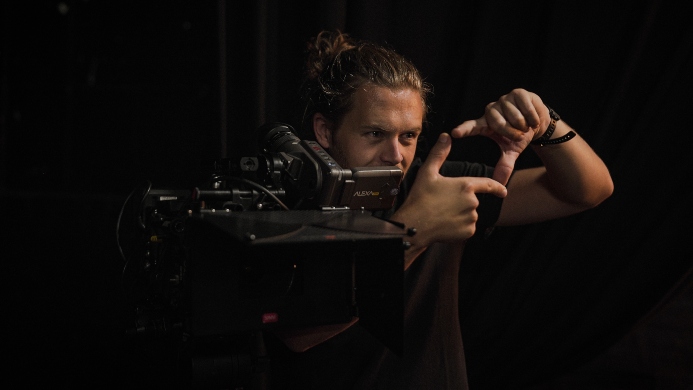
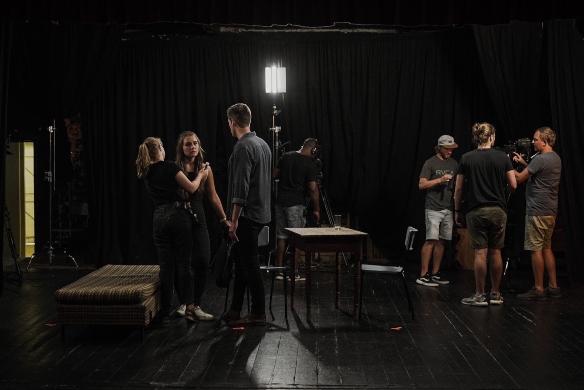
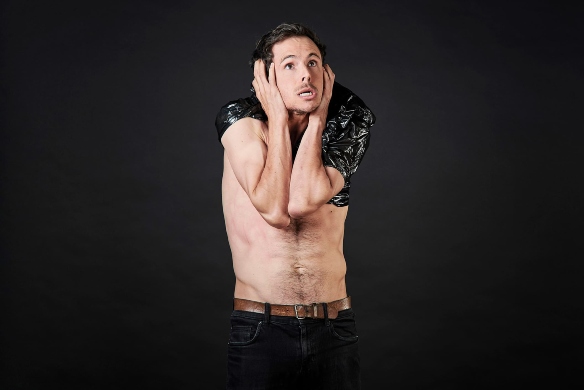
 1.jpg)
.jpg)
 (1).jpg)
 (1).jpg)
 (1).jpg)
 (1).jpg)
 (1).jpg)
 (1).jpg)
 (1).jpg)
 (1).jpg)
 (1).jpg)
 (1).jpg)
 (1).jpg)
 (1).jpg)
 (1).jpg)
 (1).jpg)
 (1).jpg)
 (1).jpg)
 (1).jpg)
 (1).jpg)
 (1).jpg)
 (1).jpg)
 (2).jpg)
 (1).jpg)
.jpg)
 (2).jpg)
 (1).jpg)
 (1).jpg)
.jpg)
 (1).jpg)
 (1).jpg)